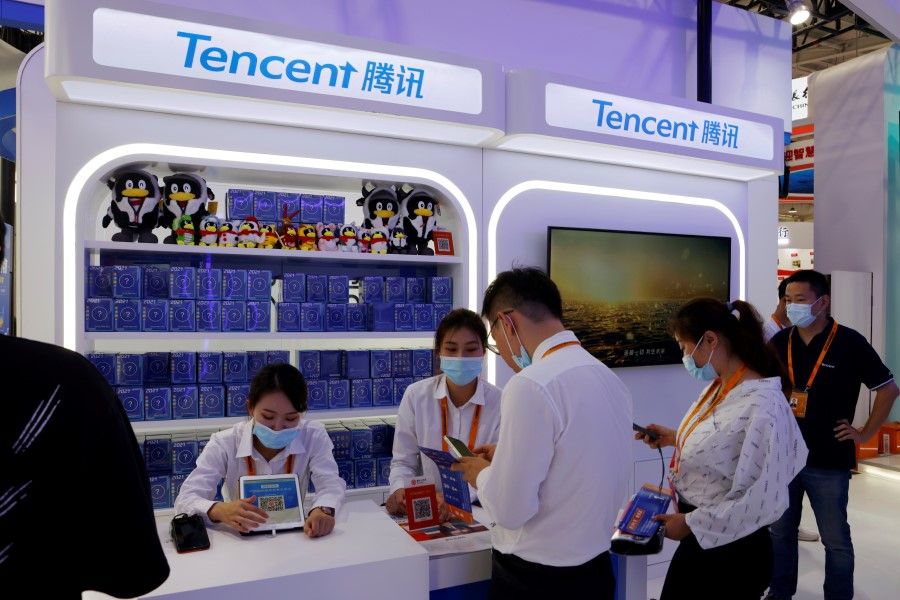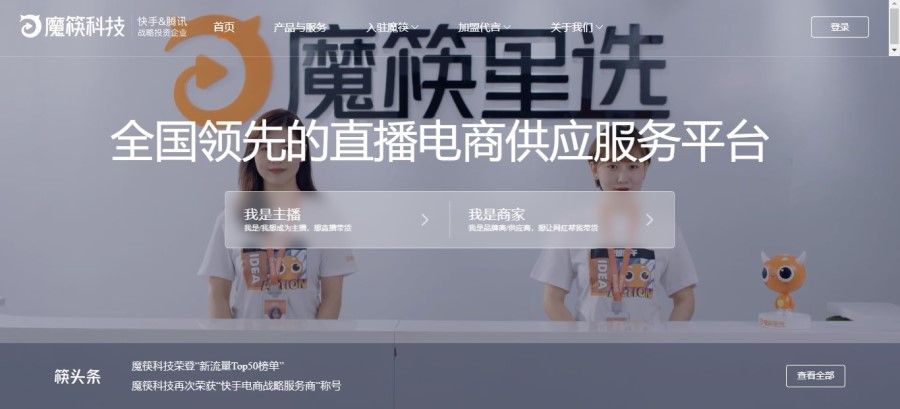China's burgeoning e-commerce cyberspace and its ever more complex regulations

If e-commerce platforms like Alibaba and Amazon are traffic import platforms that buy traffic and then profit through e-commerce transactions, then Tencent and ByteDance are on the other end of the spectrum for internet giants - they are traffic export platforms that generate traffic and profits for online vendors by selling traffic to them.
There are many externalities associated with traffic export platforms. One externality for SMEs is that traffic export platforms create an online business infrastructure, and if this helps improve the commercial efficiency of SMEs, then they would present a positive externality. Otherwise, these platforms have to be adjusted.
Online platforms get tremendous attention in the internet era. Many users of platforms like Douyin, Kuaishou, and WeChat spend hours each day scrolling aimlessly for interesting content, whether videos or information or music. And behind the content, are millions of professional content producers.
Connecting consumers with suppliers
Content links consumers and producers in the information era. For example, a female internet celebrity posts videos of her look of the day, and makes it easy for her fans to buy similar outfits at the e-stores. A male food vlogger shares information about interesting cuisine and people are directed to F&B platforms like Meituan to make a reservation at the restaurants he introduces. Such content creators benefit from linking up consumers and suppliers.

The process of creating content, connecting consumers and suppliers, leading to successful sales, calls for many additional tools. For example, if a fashion video creator wants to select clothes to sell, they can source out manufacturers and check the quality of goods and discuss payment terms, and then set up their own e-store. The cost would be high, and they would have to spend too much energy on areas outside of their core competency of content creation.
Third-party platforms for back-end transactions
A common situation on the market is the internet fashion celebrity just needs to register an account with a third-party platform such as Mockuai, where many vendors have negotiated prices and discounts and profit shares on their clothes, and the platform takes care of logistics, quality control, and storage. The internet celebrity just needs to purchase the samples that they have selected and record their video in which they provide a link to the Mockuai vendor for interested users.
With this model, the internet celebrity can focus on what they are good at - producing videos and preparing for live streams. Clearly, creating and running a third-party platform like Mockuai to help content creators operate e-stores on video platforms like Kuaishou is valuable. However, while they promote division of labour and raise economic efficiency, they are also a business that could be easily eradicated in the current internet environment.

When platforms like Kuaishou go through a period of user growth, the platform's main focus is on getting more users and dominating the market, and such work is left to third parties like Mockuai. But when the number of platform users peaks, it is very likely that to increase profits, the platform will start to run such third-party platforms on their own. For example, after Kuaishou's growth in user numbers slowed down, it launched Kuaishou Shop (快手小店) to fight for a share of the market with third-party service providers like Mockuai. Such competition is in fact unhealthy.
There are millions of small vendors on platforms like Douyin, WeChat, and Kuaishou that include practically all categories of SMEs, which makes it difficult for the products provided by platforms to cover all differentiated needs.
Ensuring third-party platforms have a slice of the pie
Internet platforms themselves can provide their own services, but fair participation by third parties must be guaranteed. If platforms leverage their advantage and squeeze third parties out of the market, that would mean limiting the tools available for content creators to those that are provided by and tied to the platforms.
From an economic perspective, because there is no competition, the functions, variety, and service efficiency of these platform-specific products will not be the best - or even far from the best. This is of course a negative externality for society.

Some people would counter that there is also competition between platforms. And so, even if the platform itself provides its own third-party service tools, it still has a motivation to improve the efficiency of such tools. Such a view overlooks the diversity and complexity of the platform economy.
There are millions of small vendors on platforms like Douyin, WeChat, and Kuaishou that include practically all categories of SMEs, which makes it difficult for the products provided by platforms to cover all differentiated needs. So, having an official interface on traffic platforms that passes on these diverse services to third-party market providers would greatly improve efficiency for everyone.
Anti-monopoly policies to ensure fair participation and competition for third parties and how such policies will set the tone for platforms' monopolistic behaviour will grow ever more complex. However, it should surely be on the agenda of regulatory authorities.
Related: Power games in China's clampdowns on platform companies | Blindspots in the financial regulation of China's tech 'platform companies' | Why platform companies seek monopoly and what happens when governments rein them in | Chinese academic: Developing nations must be wary of internet platform companies and their capital | What the Chinese government wants to tell Alibaba and China's tech giants [Part II]
